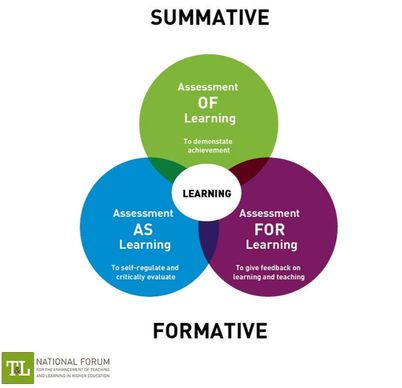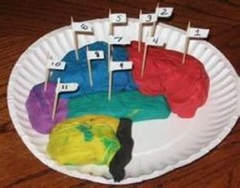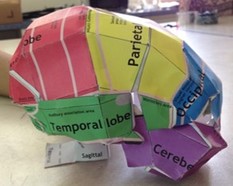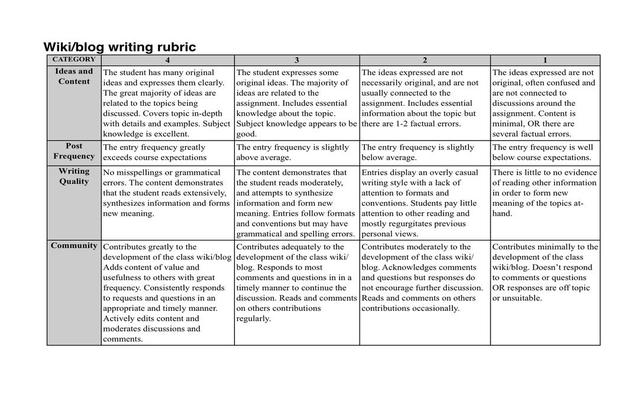Assessment
Assessment demonstrates whether, and to what degree, the learner has met the learning outcomes for the course. This traditionally comes in the form of a test or essay, but there are a number of other ways we can measure students' understanding. First, let's focus on what assessment is.
Understanding Assessment
|
Assessment can be for, of, and as learning.
In our courses, we often think first of the summative assessments - the final test, unit quiz, essay, etc that sums of their knowledge. These assessments allow students to demonstrate their learning of a unit(s) and we give them a final grade. Formative assessments involve giving feedback and helping students learn from the assessment. This 'forms' students knowledge so they can further show their understanding of a topic. For example, a practice quiz before a final exam. A peer review of an essay before the final paper. Student journals, 1 minute papers, muddiest point, and a number of other activities to help students and instructors assess learning before being graded. |
Here are a couple of key resources that may be helpful in planning for formative activities and assessments:
Types of Assessment
|
In addition to the familiar essay or exam, there are several other ways to assess students' understanding. Look at the list to the right and consider whether alternative assessments would work for your course and align with the learning outcomes.
|
|
|
I've highlighted some interesting assessments below. See also the Media section and Digital Tools page for several links to alternative assessments.
Video Assessments
Most students have access to a video recording device (their cell phones), so why not take advantage of that! Consider how you might use video assessments in your course. Students can record a video blog, interview a partner, show their field trip, demonstrate a procedure...the list goes on. Storytelling is a key feature of video assignments, so consider how students can connect the course content to their own personal or professional experience. Another way to use videos is for students to analyze videos online related to your course. See the resources below for ideas and helpful tips.
Sample Assignments:
Sample Assignments:
- An Online Video Assignment (that is Fun to Grade!): See the video analysis examples for this assignment.
- Student video assignment allows veterans to tell their stories
- GEOL 109 | The Earth and Life Through Time
- Video Assignment - Commercial Video Lincoln University College
Simulations / Role Play
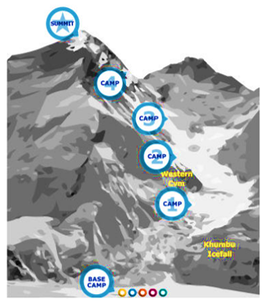
Whether you are teaching online or face-to-face, consider whether case studies, simulations or role plays will help students demonstrate their understanding of the learning outcomes. These types of assessment can be engaging and can immerse students in their learning. Here are some examples, as well as tips and studies to support the assessment.
Simulations: Role Plays:
Simulations: Role Plays:
|
Case Study Tips for Faculty & Students: |
Hands-on Assessments
|
Giving students the opportunity to create something, besides a written assignment, can be a very powerful learning experience. If it aligns with course learning outcomes, consider what students can make and share to enrich their learning. Here are some examples of student created assessments.
|
Testing
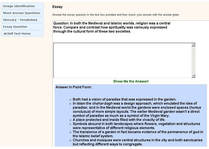
Test, exams, quizzes...these are essential to many courses, however, there is definitely an art to designing an effective and fair test. Here are some resources for writing effective test questions:
Grading Using Rubrics
When giving students an assignment, it is crucial to explain to them exactly what you're looking for and how you will assess their work. A rubric is one tool that can be used to authentically assess learners. It contains the list of criteria that highlights the what the learner is expected to do or demonstrate. Along with the criteria, a rubric provides examples of what is expected at each level of performance, from poor to excellent. Providing this criteria up front to learners allows them to assess their progress and compare to a performance level.
Below is an example of a rubric for assessing blog postings and/or a wiki in an online course.
Below is an example of a rubric for assessing blog postings and/or a wiki in an online course.
Here are some great resources for designing rubrics and other grading tips:
- Using Rubrics: links from Cornell
- Sample Rubrics: from different universities
- Rubric for discipline-based and inter-disciplinary inquiry studies: Addresses areas that aren't often in rubrics, such as authentic assessments, academic rigor, contributions to community, digital technologies, and engagement with experts.
- Grading Participation: Article on how to grade students class participation
